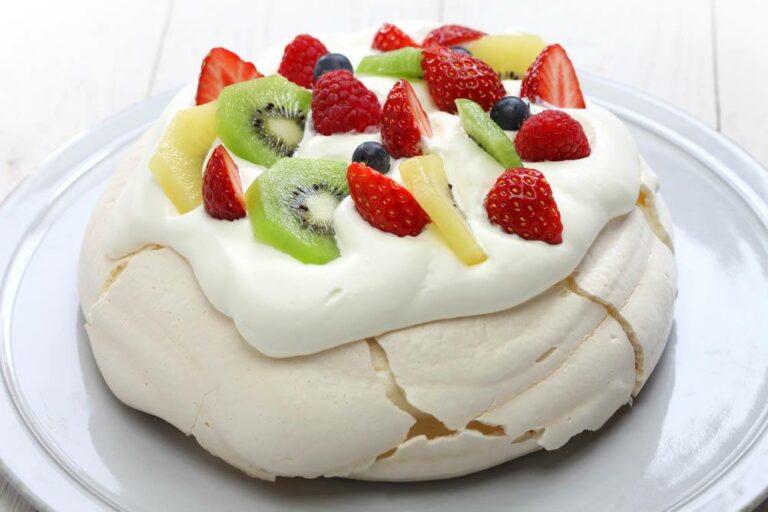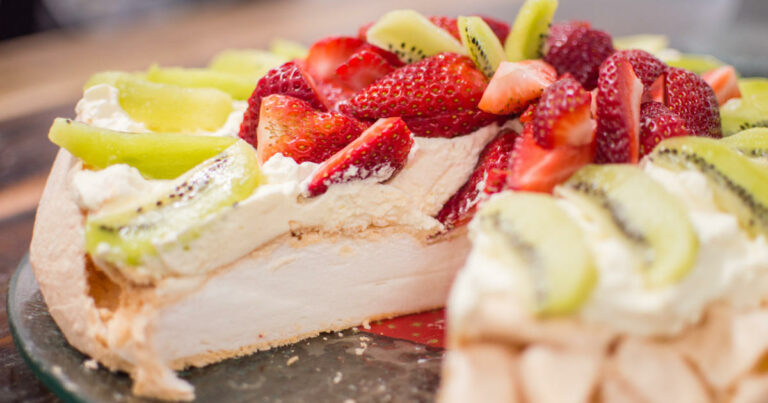Introduction to Māori Cuisine
Māori cuisine is an integral part of New Zealand’s food culture. Traditional Māori dishes reflect the country’s rich cultural heritage, highlighting the importance of the land, sea, and nature. Māori cuisine is known for its simplicity, emphasis on fresh ingredients, and unique cooking methods.
Hāngī – Māori Earth Oven Technique
Hāngī is a traditional Māori cooking technique that involves cooking food in an earth oven. The oven is dug into the ground and lined with hot stones. The food, usually meat and vegetables, is wrapped in leaves or cloth and placed in the oven. The oven is then covered with soil and left to cook for several hours. This slow-cooking method gives the food a smoky flavor and tender texture. Hāngī is often used at special events, such as weddings and funerals, and is considered a symbol of sharing and community.
Rewena Bread – A Māori Staple
Rewena bread is a traditional Māori bread made from a fermented potato starter. The starter, called rewena, is made by mixing mashed potatoes with flour and water and leaving it to ferment for several days. The resulting dough is mixed with flour, sugar, and salt and left to rise before baking. The bread has a dense texture and a slightly sour taste, making it a perfect accompaniment to savory dishes.
Seafood Delicacies – Kina and Paua
Kina and paua are two seafood delicacies that are highly prized in Māori cuisine. Kina, also known as sea urchin, is a spiny sea creature that is found along the New Zealand coast. The flesh is scooped out of the shell and eaten raw or cooked. Paua, also known as abalone, is a large mollusk with a distinctive black shell. The flesh is tender and is often used in stews or fried dishes.
Hāngī Pie – A Modern Twist
Hāngī pie is a modern twist on the traditional hāngī technique. The pie is made by layering cooked hāngī meat and vegetables in a pastry case and baking it in the oven. The result is a savory pie with a smoky flavor and tender texture. Hāngī pie is a popular dish in New Zealand and is often served at cafes and restaurants.
Māori Desserts – Kānga Pirau and Pūhā and Cream
Kānga pirau and pūhā and cream are two traditional Māori desserts. Kānga pirau is a fermented corn pudding that has a tangy flavor and slightly chewy texture. Pūhā and cream is a dish made from boiled and mashed pūhā leaves (a type of green vegetable) mixed with cream and sugar. The result is a sweet and savory dessert that is unique to Māori cuisine.


